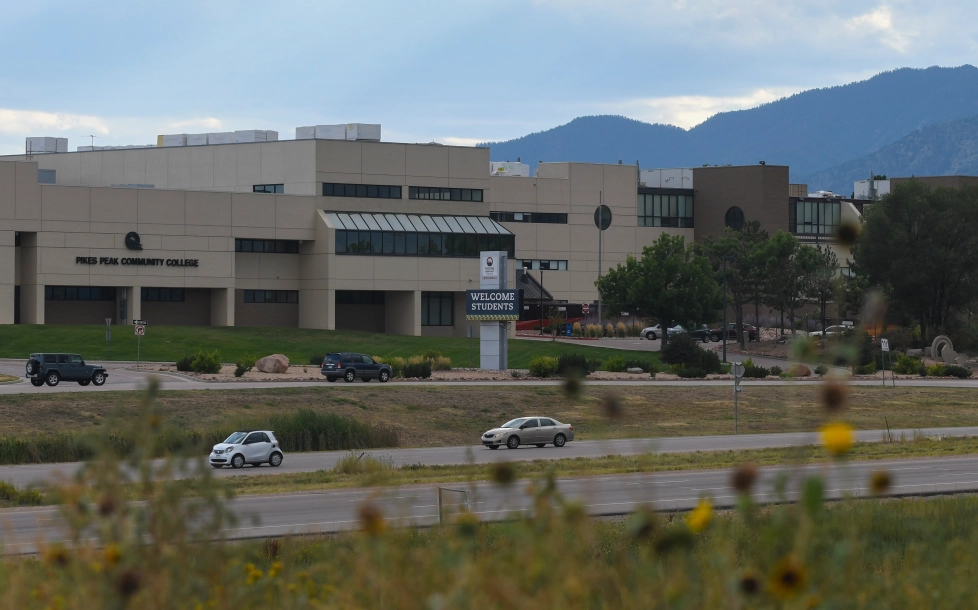All young American students nowadays are searching for suitable employment that will allow them to advance their careers. As a result, it is fair to state that education is one of the critical pillars that has always been essential for selecting and obtaining the correct employment. Being acutely aware of this scenario, many institutions in the United States are currently making creative changes to educational policy – Community College – to satisfy the needs of expanding student populations and the expectations of the labor market.
In recent years, several regions of the United States have embraced this community college idea. In the modern era, a community college, often referred to as a junior college, technical college, or city college is a higher education establishment that provides a two-year curriculum. The admissions procedures and on-campus housing at community colleges and four-year universities differ significantly.
The community colleges in Colorado Springs are distinguished because they never encourage a competitive application process. Instead, any student who wishes to enroll will typically be admitted. Although some state-run community schools may adhere to the open access principle, privately owned community colleges usually have their own admissions procedures and requirements.
Community colleges are less expensive to start. Local taxpayers partially fund them so students can benefit from an affordable education, land a better-paying career, and give back to the community.
The admissions policy at many community colleges is “rolling.” Why does that matter? This implies that you are eligible to apply at any time and register. In the event that your paperwork is in order, they will even accept last-minute admissions.
Students must live at home or in their residences while attending community colleges. Community college campuses do not offer on-campus housing. This is another significant distinction from most four-year institutions, where, at the very least lower-level students reside on campus. Additionally, compared to four-year colleges and universities, these colleges cater to a somewhat distinct clientele. First-generation, minority, part-time, and employed students are more likely to be their pupils. Community colleges have a much more significant percentage of minority students than public four-year universities.
The main goals of most community colleges are geographic, financial, and educational access for all, and this is evident in their fairly diverse course offerings, which primarily address the various needs of local residents.
These offerings include transfer, continuing, career, and small business/entrepreneurship development training. Depending on institutional missions or the size and maturity of the specific institution, the scope of these functions may vary significantly.
These days, many students are choosing alternative degrees thanks to the path these universities have paved for online learning. According to recent data by the Sloan Consortium, two-year community colleges have had the fastest growth in online learning over the past several years, with more than 50% of all online course enrollments coming from these institutions. The most encouraging development is that community colleges are now enrolling more students in online courses than in any other type of higher education.
In the end, both two-year and four-year institutions give students the option to complete their education in the way that works best for them. Potential students can make wise selections about their education by being aware of the options and costs that often vary between community colleges and four-year universities.


